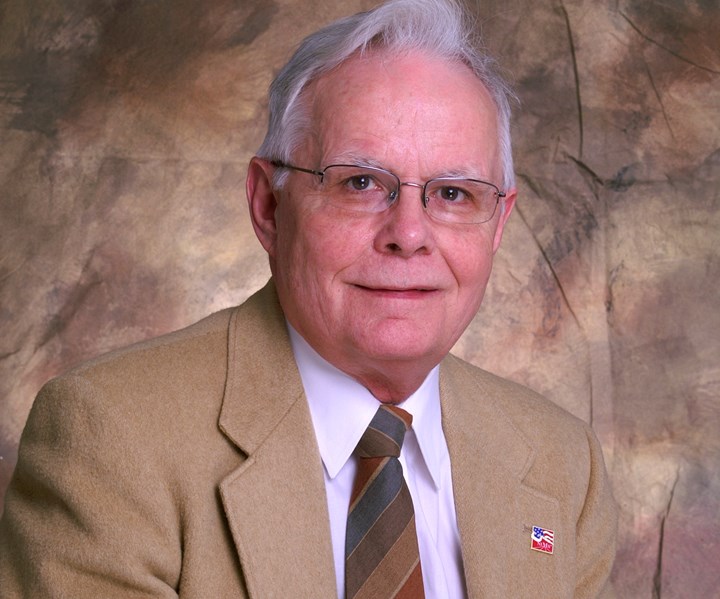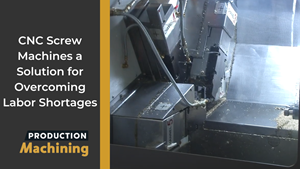Developing STEM's Future Workforce
To keep our competitive edge in the world market, K-12 education must continue to improve in every state. These programs are helping to build a foundation, but we need more to support the growth of our workforce.
It’s a slow ride with many obstacles yet to overcome. Unfortunately, while most industrialized countries have improved their educational systems, the skill level of the average American student has not risen during the past 15 years. Our K-12 education must be improved in every state before we lose our competitive world market edge. This major roadblock is slowing down the creation of our future workforce to meet Industry 4.0 needs.
Thanks to a few private citizens, we now have alternate routes to reach our destination. Charles Vela used his STEM Institute to create a summer program for talented local youth in Washington, D.C. during the late 1950s. His science, technology, engineering and mathematics curriculum was quickly adopted by our nation’s educators and schools. One of his many awards was the Presidential Award of Excellence in science, mathematics and engineering mentoring presented at a White House ceremony in March 2004. Unfortunately, to date, only 17 states have implemented middle and high school STEM curriculum. Most others do not budget funds needed for hiring qualified STEM teachers.
In 1989, Dean Kamen, entrepreneur and inventor, with assistance from Massachusetts Institute of Technology (MIT) professor Woodie Flowers, created the concept of First Robotics, in which high school students build and program intricate robots to perform difficult tasks. More than 3,000 U.S. teams (which are limited to 15 students each), compete for a spot in the World Championship (which took place in Detroit, Michigan, and Houston, Texas, this year).
Tony Norman and Bob Mimlitch combined their engineering knowledge to establish Vex Robotics. Middle and high school teams build and program robots to perform tasks specified by the competition rules. Schools can enter multiple teams in competitions with other schools. Vex Robotics also created First Lego League.
While these programs are helping, they are not enough to support the growth of our workforce.
First Lego and Vex require students to perform mechanical, electrical, electronic and many other tasks as teams. NASA formed its Robotics Alliance Project in cooperation with these two programs. The Department of Defense and its branches are actively involved with STEM and robotics programs in schools and colleges, and a range of leading U.S. and international corporations provide parts and funds. Local businesses and families help to cover team expenses.
SkillsUSA includes more than 100 occupations at its annual championship, while membership consists of more than 345,000 students and advisers. Thousands of schools and organizations across the U.S. support SkillsUSA. Businesses from coast to coast benefit from skilled employees who have participated in SkillsUSA competitions.
Unfortunately, while these programs are helping, they are not enough to support the growth of our workforce. The SkillsUSA team ranked 9th at the 2003 WorldSkills competition in Switzerland. At the 2017 WorldSkills in Abu Dhabi, the U.S was placed 35th out of 50 countries. This decline mirrors the reduced achievement level of our high school and college students over the same period. Programme for International Student Assessment (PISA) ranks the U.S. students 24th in science, 40th in math and 25th in reading out of 71 countries researched.
We need to do more to follow the examples of success other countries are having in these efforts. Foreign manufacturers and bank and insurance firms often provide long-term training, education and even apprenticeships to their newly hired American employees to improve productivity and quality. In June 2018, Department of Education Secretary Betsy DeVos visited the UK, Netherlands and Switzerland for a first-hand look at how they manage their K-12 education, apprenticeships and vocational schools. She discovered that top executives of UBS, such as Sergio Ermotti and Lukas Gähwiler, started their careers as apprentices. She stated later, “That is not common in America, but perhaps it should be.”
It has been suggested that significantly expanding career and technical training in the U.S. may benefit people early in their careers but could make them more vulnerable later in life as technology changes. If lifelong learning is not considered, this concern may have merit (at any level, from skilled labor to executives). However, evenings and Saturdays see college parking lots full of cars as tradespeople work on their degrees to graduate as the best in their profession. Also, opportunities to learn new skills of any kind are plentiful online.
By visiting nims-skills.org, metalworkers and metalworking students will find ways to certify their trade skills. More than 20 years ago, National Institute for Metalworking Skills (NIMS) was founded by six industry trade associations to provide members with nationwide recognized portable skills certifications. NIMS has issued more than 150,000 certifications mainly to students taking metalworking classes and to armed forces personnel under the DOD Force Readiness and Training program.
About the Author
Paul Huber
Paul Huber is the founder of Comex, supplier of Swiss cam automatics, parts, tooling and training. He is a recipient of the Precision Machined Products Association Gold Micrometer and Merit awards. Mr. Huber has been a National Institute of Metalworking Skills board member since 1997 and was the SkillsUSA Precision Machining contest co-chair. Contact: comexswiss@gmail.com.
Related Content
Video Tech Brief: CNC Screw Machines a Solution for Overcoming Labor Shortages
CNC screw machines can exceed job shop productivity and enable manufacturers to overcome perpetual employment gaps.
Read MoreStrengthening Manufacturing Workplaces Through Active Listening
A good strategy to weather the storms of manufacturing market upheavals and unpredictable factors is to commit to continuous, active employee listening.
Read MoreRecognizing Signs of a Degrading Workplace Culture
Is your machine shop missing key “culture elements?” Here are ways to identify if your organization is heading in the right or wrong direction in terms of establishing a healthy company culture.
Read MoreThe Value of Aligning Efforts to Promote Manufacturing Careers
Successfully building the next generation of manufacturers requires a team effort between employers, educators and parents. Each of these three groups has a tremendous impact on young people’s career decisions. Without the support of all three, we are unlikely to bridge the skilled labor shortage that threatens the future growth of our industry.
Read MoreRead Next
Do You Have Single Points of Failure?
Plans need to be in place before a catastrophic event occurs.
Read MoreA Tooling Workshop Worth a Visit
Marubeni Citizen-Cincom’s tooling and accessory workshop offers a chance to learn more about ancillary devices that can boost machining efficiency and capability.
Read MoreSeeing Automated Workpiece Measurement in Real Time
User-friendly inspection software for CNC machining centers was shown at IMTS 2024 monitoring measurements between and after machining while performing SPC based on recorded measurement values.
Read More






















